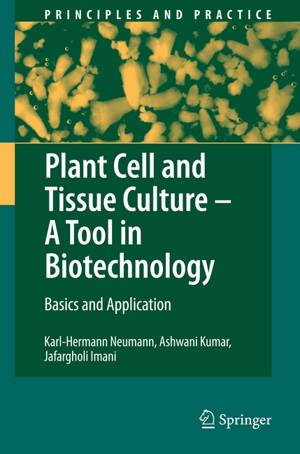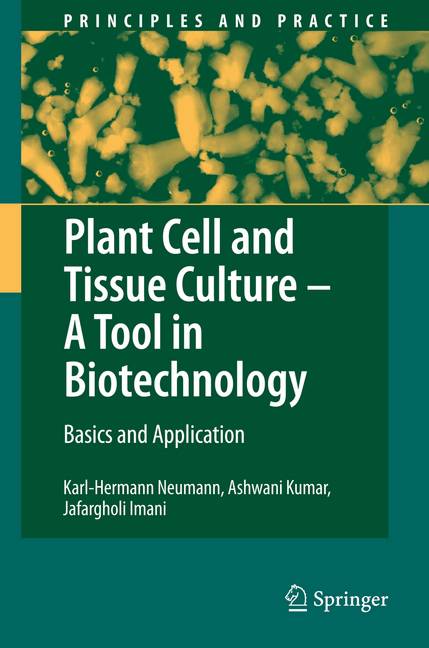
Bedankt voor het vertrouwen het afgelopen jaar! Om jou te bedanken bieden we GRATIS verzending (in België) aan op alles gedurende de hele maand januari.
- Afhalen na 1 uur in een winkel met voorraad
- In januari gratis thuislevering in België
- Ruim aanbod met 7 miljoen producten
Bedankt voor het vertrouwen het afgelopen jaar! Om jou te bedanken bieden we GRATIS verzending (in België) aan op alles gedurende de hele maand januari.
- Afhalen na 1 uur in een winkel met voorraad
- In januari gratis thuislevering in België
- Ruim aanbod met 7 miljoen producten
Zoeken
Plant Cell and Tissue Culture - A Tool in Biotechnology
Basics and Application
Karl-Hermann Neumann, Ashwani Kumar, Jafargholi Imani
€ 232,45
+ 464 punten
Uitvoering
Omschrijving
From the contents: Historical Developments of Cell and Tissue Culture Techniques.- Callus Cultures.- Cell Suspension Cultures.- Protoplast Cultures.- Haploid Techniques.- Plant Propagation-Meristem Cultures,Somatic Embryogenesis.- Some Endogenous and Exogenous Factors in Cell Culture Systems.- Primary Metabolism.- Secondary Metabolism.- Phytohormones and Growth Regulators.- Cell Division, Cell Growth, Cell Differentiation.- Genetic Problems and Gene Technology.- Summary of Some Physiological Aspects in the Development of Plant Cell and Tissue Culture.- Summary: Applications of Plant Cell and Tissue Culture Systems.
Specificaties
Betrokkenen
- Auteur(s):
- Uitgeverij:
Inhoud
- Aantal bladzijden:
- 333
- Taal:
- Engels
- Reeks:
Eigenschappen
- Productcode (EAN):
- 9783540938828
- Uitvoering:
- Hardcover
- Afmetingen:
- 160 mm x 243 mm
- Gewicht:
- 672 g

Alleen bij Standaard Boekhandel
+ 464 punten op je klantenkaart van Standaard Boekhandel
Beoordelingen
We publiceren alleen reviews die voldoen aan de voorwaarden voor reviews. Bekijk onze voorwaarden voor reviews.









